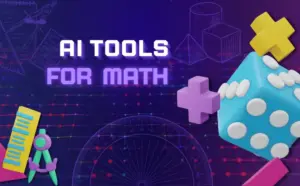The fashion industry is being revolutionized by Artificial Intelligence, creating a new frontier of possibilities in terms of creativity, efficiency and innovation. For those fashion designers who love technology as much as design, they are unique ways to combine the two.This blog post will discuss how the best AI tools for fashion designers redefine the way clothing and fashion are made, conceptualized and created. The aim is to provide detailed information on each tool, its characteristics and which aspects of your fashion design it helps.
The incorporation of AI into fashion designing is not just a fad; it is a sweeping change that could transform this ancient industry. These tools can predict trends, create digital designs, optimize production and improve customer experiences. They employ a combination of data analytics expertise with machine learning skills along with image recognition techniques suited for the peculiar needs of the mode world.
Table of Contents
What are AI Fashion Tools?
AI fashion tools refer to software applications that take advantage of artificial intelligence to enhance different stages in the process of designing clothes. They can do numerous things like analyzing market trends or consumer preferences up to generating designs or even producing garments themselves.
Importance and Benefits of AI in Fashion Designing
The importance of artificial intelligence in fashion design cannot be overemphasized as repetitive tasks get automated leaving designers with time for other creative activities. What’s more democratizing access to design possibilities-allowing even individuals without strong backgrounds in design- to create amazing personalized clothes.
In addition to personal recommendations during shopping experience, sustainable waste reduction through supply chain logistics optimization can also be done using AI tools beyond design stage. The benefits of AI fashion tools are indeed immense since AI drives transformation within an innovative world full with ideas – hence changing lives in business vibrant field.
See Also: Steps to Choose the Right AI Fashion Designer Tool
Top AI Fashion Designer Tools

The New Black
The New Black assists in various aspects of both developing and selling clothing items.
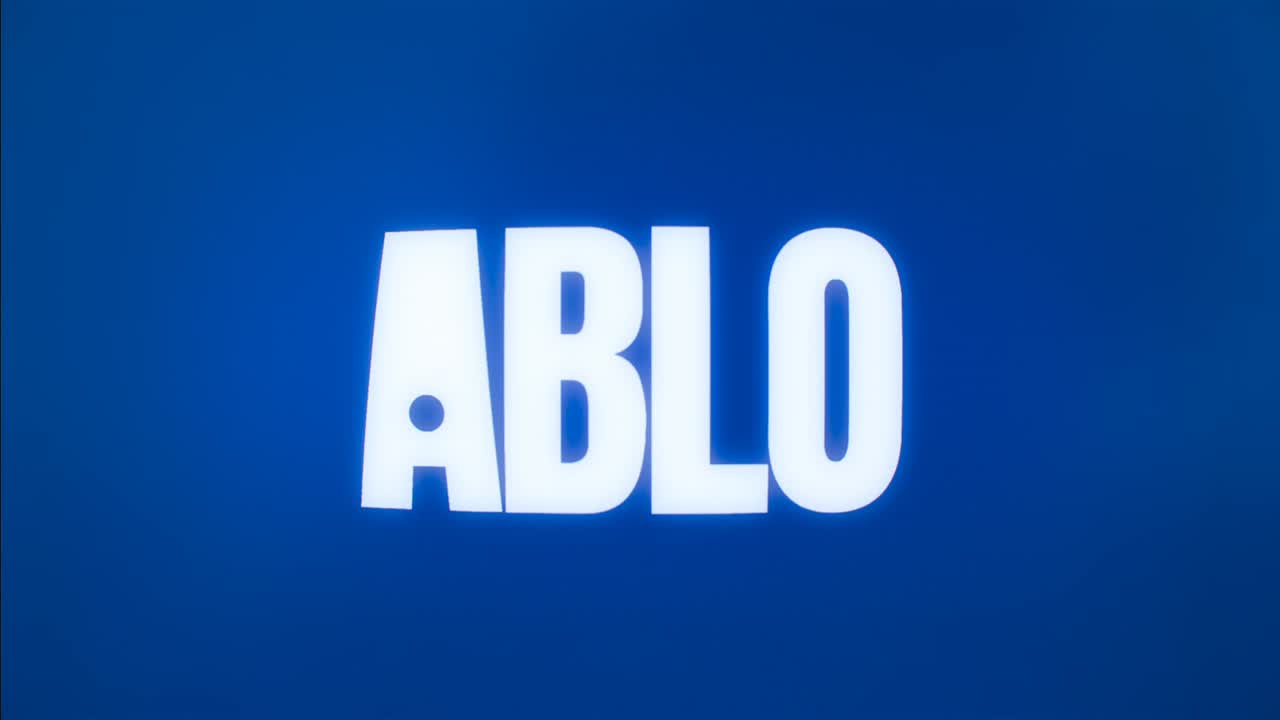
Ablo
Ablo is a cutting-edge AI tool that specializes in generating innovative fabric patterns and prints.

YesPlz
YesPlz is an AI tool that caters to the unique challenge of color selection in the design process.

VisualHound
VisualHound is an AI and computer vision platform tailored to the fashion industry.

Botika
Botika is a virtual stylist and AI sales assistant that is changing the way fashion brands connect with their customers.
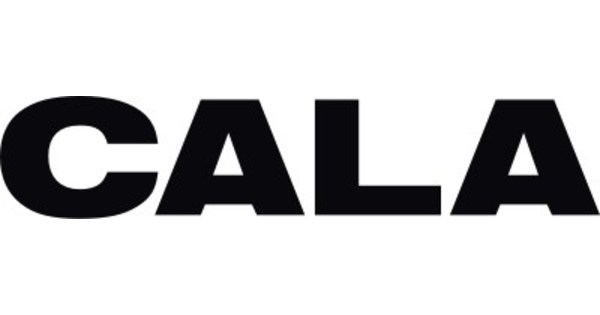
Cala
Cala AI is a 3D design and manufacturing platform focused on enabling fashion designers to create customizable garments.
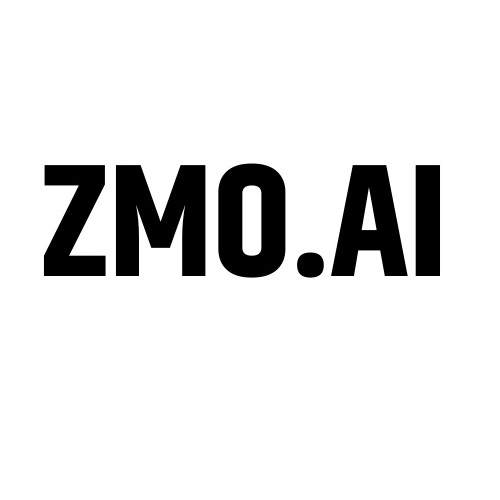
ZMO AI
ZMO AI is an intelligent sizing and recommendations tool that aids fashion businesses in enhancing the consumer’s shopping experience.
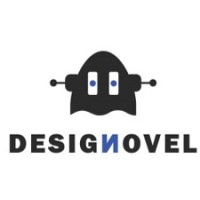
Designovel
Designovel is an AI-powered design platform that specializes in creating digital clothing simulations.

Photo AI Image
Photo AI Image is an AI platform made to enhance digital fashion shoots through lifelike human photo editing.

Silic Image
Silic Image is an AI tool with a focus on generating high-resolution, realistic images of digital textile patterns.
The New Black
A software suite powered by AI called “The New Black” assists in various aspects of both developing and selling clothing items.” This platform uses machine learning for trend predictions; 3D designs creation, as well as production optimization.
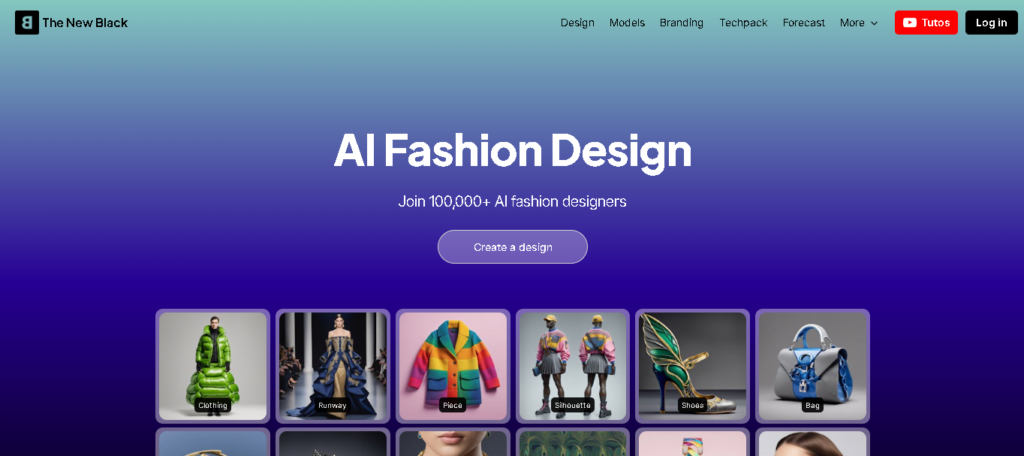
Features
- The proprietary algorithms of The New Black analyze big data sets, social media and past sales records to find out emerging trends.
- These are lifelike 3D models that interact with one another while providing accurate design processes.
- Utilize intelligent predictive tools to strategize process for creating an entire collection from the concept stage up to production.
- Each design is ensured to be different and unique.
- It encompasses a broad spectrum of designs ranging from trainers to wedding gowns.
- This enables quick enhancements and design iterations.
- It accepts users’ existing design images for AI-enabled modifications.
- Tools for organizing designs in an efficient way are established by the firm.
- It nurtures a dynamic community for AI creators.
- This ensures that each design made is different, thereby protecting the uniqueness of creators.
- These include an assortment of fashion items such as trainers, expensive bags and 3D printed clothes.
- This process can be utilized to quickly turn a low-resolution image into its high definition equivalent.
- Allows one to label designs according to collections thus making it possible to have a better view and plan about certain group of designs.
- A vibrant AI community is there which show cases several types of AI-created fashion designs for daily inspiration.
Pros and Cons
Pros
- Precise trend prediction utilizing advanced data analytics.It gives the chance to edit previously taken pictures using artificial intelligence algorithms.
- Users can make quick changes to their designs and update them accordingly with ease.
- End-to-end streamlining of production procedures.
- Sustainability approach focused on environmental impact reduction.
- These can upgrade low-quality screen shots into high-definition ones.
Cons
- Newcomers in AI fashion tech need time to learn initial programming basics.
- Some individual designers may not afford high price.
Ablo
Ablo is a cutting-edge AI tool that specializes in generating innovative fabric patterns and prints. The platform makes use of advanced algorithms to create customizable designs, which can then be applied to various garments and accessories.
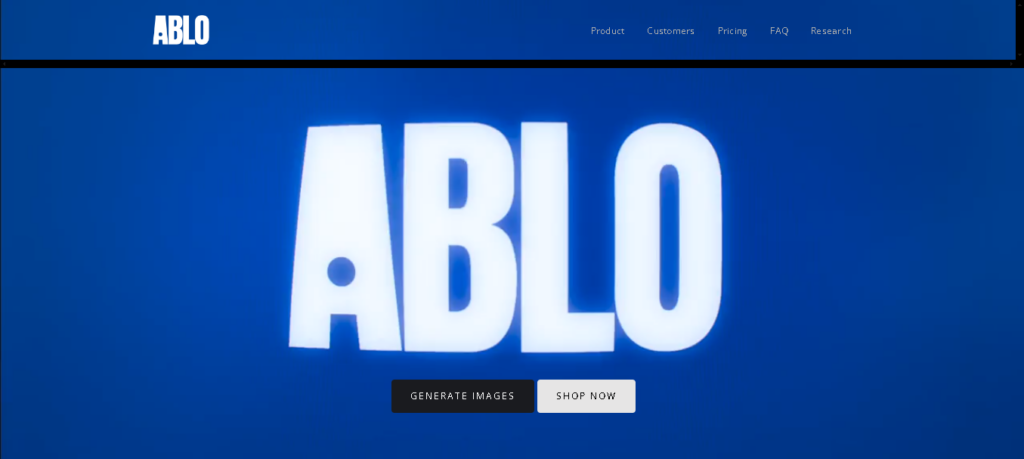
Features
- Access a vast library of AI-created patterns, or use the AI to adjust and create personal variations.
- Tailor designs to specific color palettes, textures, and scales to match your vision.
- View and apply the created patterns to digital mock-ups that simulate the final product’s look and feel.
- It gives AI-powered answers for scaling of fashion brands and manufacturers.
- It has been integrated to breakthrough the conventional design constraints by modern means.
- Targeting to make fashion designing available to a large market base.
- For fashion businesses who want to scale, this AI-driven solution scales fashion brands and manufacturing processes.
- The traditional design limitations overcome by using AI are called advanced design capabilities.
- The main idea here is democratization of fashion design so that more people can engage in fashion designing.
Pros and Cons
Pros
- Unprecedented level of pattern customization.
- It helps creators to co-create seamlessly.
- Quick and efficient design process.
- Realistic virtual prototypes ensure designs meet expectations prior to production.
Cons
- Limited to pattern creation, does not support the entire design process.
- Integration with existing design systems may be challenging for larger design teams.
See Also: 9 Best AI Tools for Image Generation
YesPlz
YesPlz is an AI tool that caters to the unique challenge of color selection in the design process. Its complex machine learning algorithms derive insights on color psychology and trends which are then used to propose consumer targeting palates.
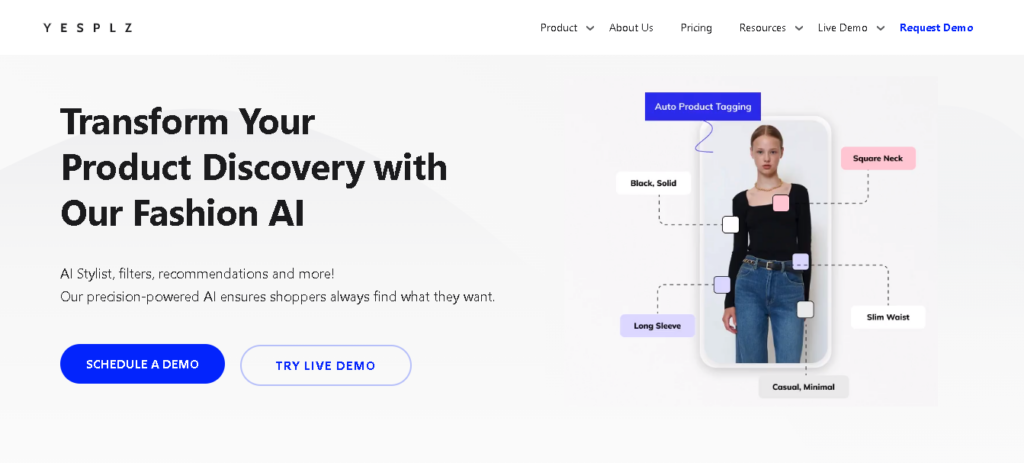
Features
- These are recommended by AI for harmonious color schemes that result in cohesive designs.
- These shows how popular various colour combinations are based on market trends and consumer behaviour.
- Designers can adjust the AI-generated colour palettes to fine-tune their designs according to their personal vision or style preference.
- A ChatGPT Fashion Stylist that offers style advice is one of the features.
- Personalized fashion recommendations based on how people shop.
- ChatGPT Fashion Stylist is a personalized fashion advice provider using AI-based virtual personal shopper.
- Intuitive and inspiring interface to support product discovery through interactive visual discovery tool.
- Fashion picks which are tailored to the preferences of the shoppers based on their past shopping habits can be found using personalization engine.
- Perfect technology for online retailers who wish to make accurate product recommendations is advanced image tagging technology.
Pros and Cons
Pros
- Integration with trend analysis driven by artificial intelligence for informed color recommendations.
- Easy-to-use interface which simplifies the color selection process.
- Diagnostics feature helps avoid common mistakes in color usage in painting etcetera.
- Perfect for ecommerce companies in need of exact recommendations.
- An interactive interface makes for better product discovery.
Cons
- Narrow focus on color as opposed to broader design aesthetic.
- Doesn’t offer much help for those designers who have strong natural sense about color theory., as it’s relatively unhelpful in this regard.
VisualHound
VisualHound is an AI and computer vision platform tailored to the fashion industry. Designers can upload images of textures, shapes, and patterns, and VisualHound’s AI will match key elements to provide relevant style inspiration and ideas.
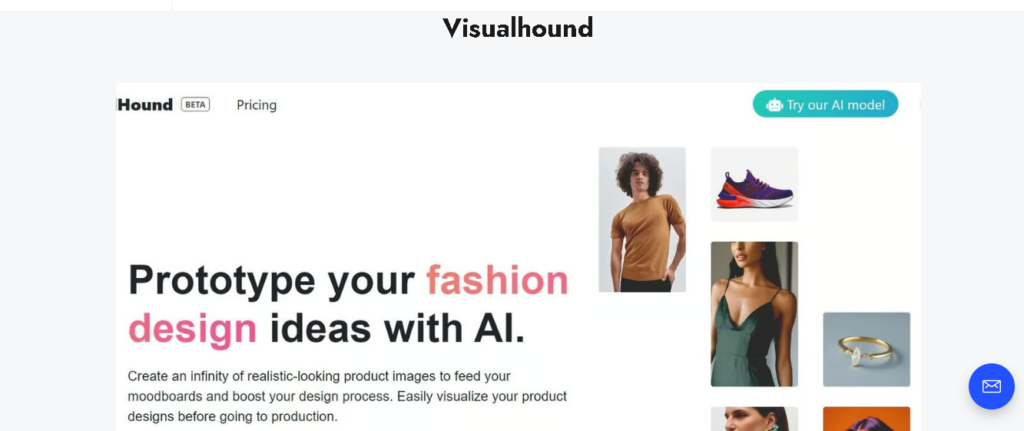
Features
- A robust database of fashion and textile images for pattern recognition is available here.
- This allows you to upload your design elements so that a list of matching products from across the web can be curated for you.
- Bring inspiration and design ideas from different sources together in one place to help inform your creativity.
- Produces realistic fashion product images.
- Lets you see the product before it is made.
- Promotes free samples for image generation.
- Provides infinite options for creating an image.
Pros and Cons
Pros
- A lot of images for inspirations that are not limited by design area.Integration of other design tools into a seamless workflow.
- Improvement and learning process continues through user feedbacks.
Cons
- For accurate pattern recognition, high quality images are required.
See Also: 8 Best AI Tools to Increase Productivity
Botika
Botika is a virtual stylist and AI sales assistant that is changing the way fashion brands connect with their customers. The platform uses AI to analyze customer preferences and behaviors to curate personalized shopping experiences.
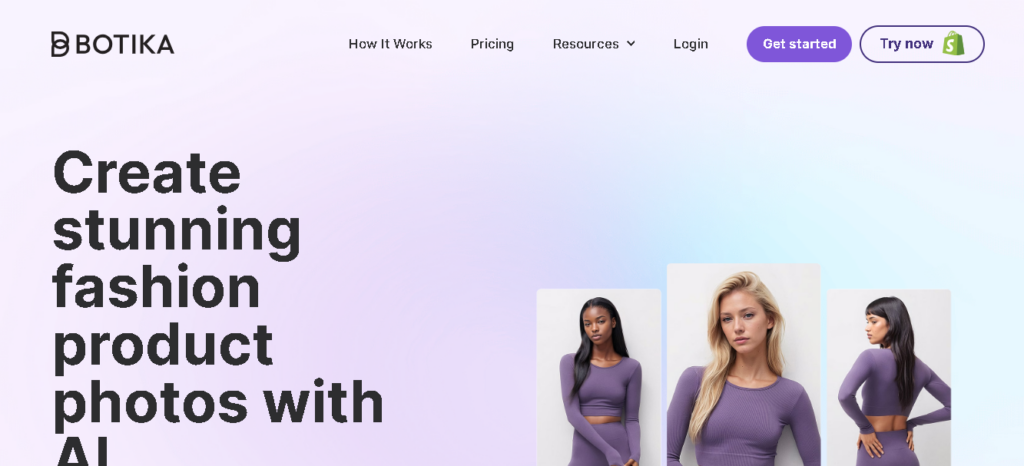
Features
- This is an AI chatbot that interacts with customers via conversations to learn what they want and make recommendations where necessary.
- With the help of AI, Botika suggests complete outfits based on individual garments or items belonging to individuals accordingly.
- It provides brands with valuable information about customers thus helping them improve marketing strategies.
- Comes with multiple choices for ethnicity, hairdo and other areas of customization.
- Removes the need for complicated submission requirements and hardware specifications.
- Shows diverse and realistic on-model illustrations.
- It customizes ethnic background, hair-type, facial expression, among other things.
- No more complicated submission specifications or hardware requirements.
- For every part of the world, to meet a worldwide audience.
Pros and Cons
Pros
- Improved customer involvement due to personal nature of interaction it offers.
- Generates a variety of accurate, lifelike images.
- Offers a less expensive method of doing product photography.
- Easier way to submit and edit product photos.
- Valuable information about clients’ needs which helps in trend analysis as well as new product development
- Scalable solution capable of handling huge volumes of customer engagements at once without any breakdowns or systems failure whatsoever
Cons
- Companies must adapt brand strategies to cater to visually-driven consumers who rely heavily on visuals for purchasing decisions.
Cala
Cala is a 3D design and manufacturing platform powered by AI, focused on enabling fashion designers to create customizable garments with unprecedented speed and efficiency.
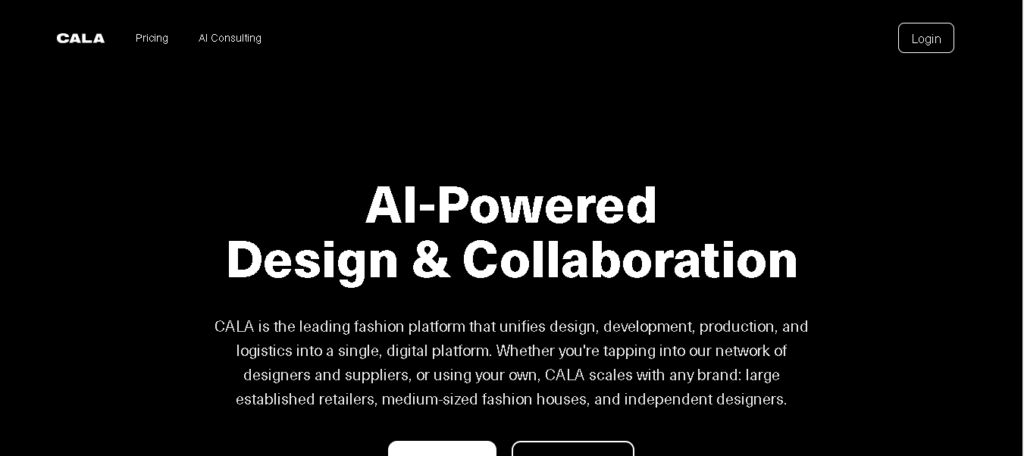
Features
- These are samples of clothes that you make on the computer and can be moved around or manipulated to fit your design needs when using software for designing these prototypes.
- This takes your designs from creation stages up to the time of production in an online based system.
- Machine learning models allow for tailor-made fitting without personally meeting with a customer.
- Handles inventory, customs clearance, and delivery.
- Employs artificial intelligence tools to generate innovative design thoughts.
- Integrating every step of the design process, from conceptualization to e-commerce and shipment.
- Boasts of a network of first-rate manufacturers and suppliers.
- Handles stock collection, clearance through customs and distribution.
- Specializes across a wide range of product segments.
Pros and Cons
Pros
- Minimizes the time from design to manufacture.
- Supports more sustainable on-demand manufacturing model.
- The firm has launched a mobile app that helps in end-to-end-product creation collaboration.
- Always incorporates new fashion brand specific characteristics.
- Uses AI to generate imaginative design concepts.
- Combines all phases of the design and production process.
- Has a network of producers and suppliers.
- High level of garment customization without increased complexity.
Cons
- May not be designer-friendly for those unfamiliar with 3D design.
- Still a startup, so long-term viability and scalability have to be considered.
See Also: 9 Best AI Tools For Photo Editing
ZMO AI
ZMO AI is an intelligent sizing and recommendations tool that aids fashion businesses in enhancing the consumer’s shopping experience. The platform’s AI considers customer’s dimensions, preferences about fit as well as prior orders in order to determine the right size and best fit for every garment.
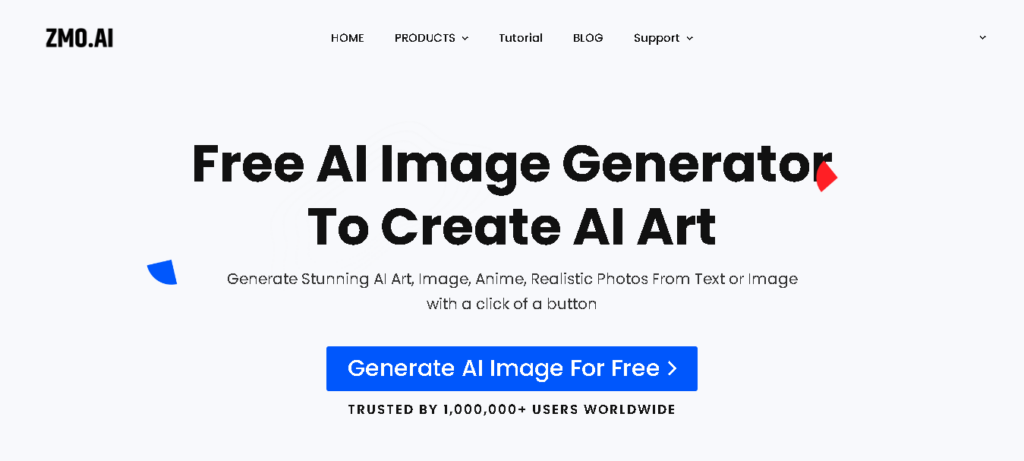
Features
- Personalized size and fit recommendations based on individual customer data.
- Display how clothes fit different body types hence reducing returns from clients.
- Decreasing return rate by improving fit saves money for businesses.
- Creates countless on-brand images using different models -Rapidly illustrates products on models.
- Makes sure that there is enough variety and diversity in the pictures created.
- Creates infinite amount of pictures with different models.
- Views products on models as fast as possible.
- Significantly brings down expenditure for model photography.
- Change models, looks any time at no extra cost.
- Software that can produce images in many styles easily.
Pros and Cons
Pros
- Large improvements in customer experience through personalized fitting.
- Reduces model photography costs.
- It can produce images in many styles easily.
- Real cost savings and sustainability gains due to reduced returns.
- Plug-and-play integration into existing ecommerce & retail systems.
- Has lots of multicultural digital models
Cons
- Setting up initial customer data requires calibration period.
- Not much scope beyond size & fit suggestion.
Designovel
Designovel is an AI-powered design platform that specializes in creating digital clothing simulations. It permits designers to experiment with various fabrics, designs, colors, etc. enabling them create realistic 3D designs even before cutting any fabric.
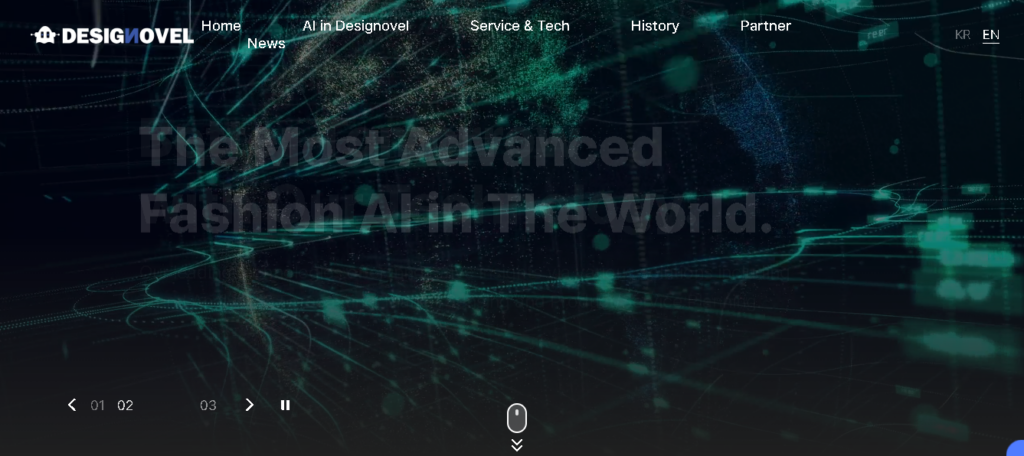
Features
- This entails making digital prototypes that are lifelike enough to demonstrate a real-life design process.
- Users can select from an extensive list of textiles and patterns that mimic real-life clothing items.
- To ensure that the final product matches what was visualized before its inception one can drape engineered garments onto avatars virtually.
- Provides advice on creating designs following the trend.
- Inspires designers to be creative.
- Develops a competitive edge for brands.
Pros and Cons
Pros
- Faster and cheaper development of physical prototypes.
- Outlines the upcoming fashion trends.
- Extensive library of materials with customization options.
- Improve upon first past the post accuracy via realistic virtual fittings.
Cons
- Steep learning curve for advanced functionalities in the tool.
- Limited capability for handling highly complex or avant-garde designs.
Photo AI Image
Photo AI Image is an AI platform made to enhance digital fashion shoots through lifelike human photo editing. It can make artificial garments look like real clothes by adjusting skin color, lighting effects, pose etc.
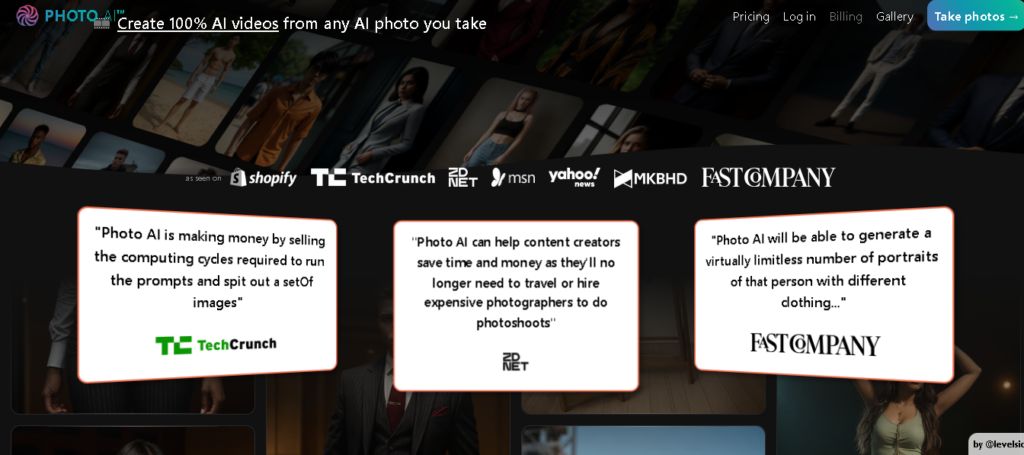
Features
- This feature allows users to adjust physical appearances of their models in order to accommodate diversity.
- The software adjusts digital clothing to conform with model’s proportions so that it appears more realistic.
- It lets one choose from and even change a context where a digital photo may be shot i.e. as studio or outdoor scene.
Pros and Cons
Pros
- More diverse models without requiring additional photoshoots.
- Quick and cost-effective photo editing for digital fashion campaigns.
- Multiple customization options for high-quality natural-looking results.
Cons
- May not eliminate the need for traditional model photoshoots completely.
- The expensive nature of the tool may deter some designers from using it.
Silic Image
Silic Image is an AI tool with a focus on generating high-resolution, realistic images of digital textile patterns. In this case, such patterns are presented in a life-like environment like draped fabric while giving more attention to its texture and details.
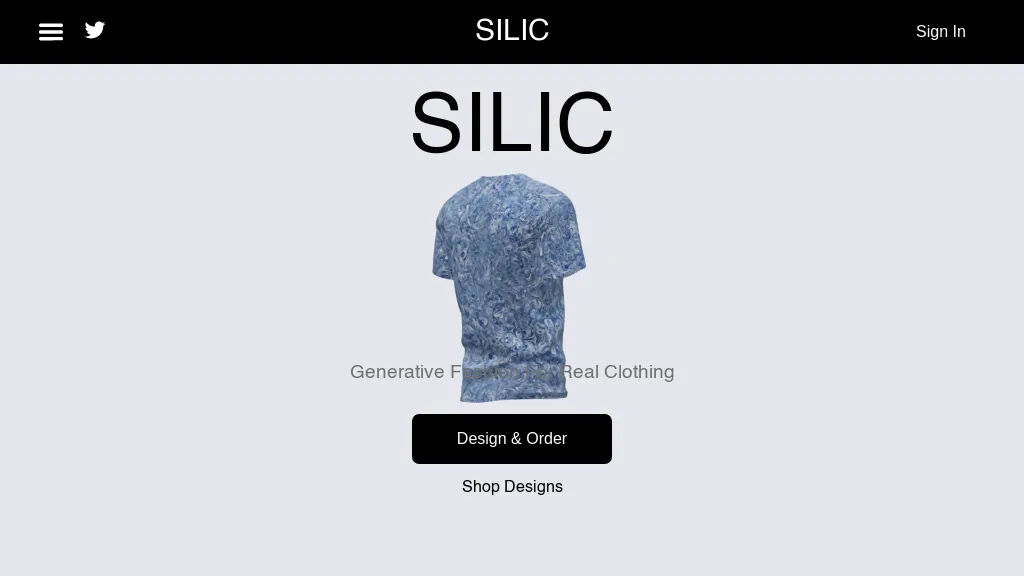
Features
- This produces detailed fabric texture images which have unrivaled quality.
- Showing textile patterns within actual settings hence being more authentic.
- You can alter your design within the software without compromising image quality.
Pros and Cons
Pros
- Professionally drawn pictures of textiles and designs.
- Comprehensive pattern alteration methods.
- Efficient in making prototypes of goods and marketing images.
Cons
- A specialized tool that caters to more industrial professionals as opposed to personal designers.
- Expensive for small businesses to purchase an accessible program.
Conclusion
The effect of AI on fashion design is profound and far-reaching. It’s not about replacing the designer, but empowering them with strong tools for more efficient and sustainable materialization of visions. A suitably chosen AI tool can help fashion designers stay ahead of trends, predict customer behavior, and challenge the limits of business possibilities in this industry.
FAQs
How reliable are AI predictions?
This is as certain as could be depended on by data supplied into algorithms. The input becomes submitted into a comprehensive database which guarantees correctness. It is vital for these designers to confirm AI forecasts alongside their own knowledge about market trends.
Can AI eliminate human designers?
They lack creativity though they are potent or useful. They work like supplements which expand the scope of what humans are capable of doing. By using such applications fashion creators can do whatever they want without limitations in terms of technology.
How are independent designers able to take advantage from AI fashion tools?
Trends insights, faster production cycles, professional level technology etc., all benefits that independent designers get from ai fashion tools even if they don’t have a big team or budget. This way labelling becomes easier; no longer does it matter whether you are running your business alone or just starting up a small cooperative working on new design patterns.
Are there any courses available on how to use AI fashion tools?
For instance most companies providing ai fashion solutions give tutorials as well as webinars plus offer customer support resources whereas others have coaches in the community section that helps users share experiences with one another including asking questions concerning such programs if need be then answer is given.



